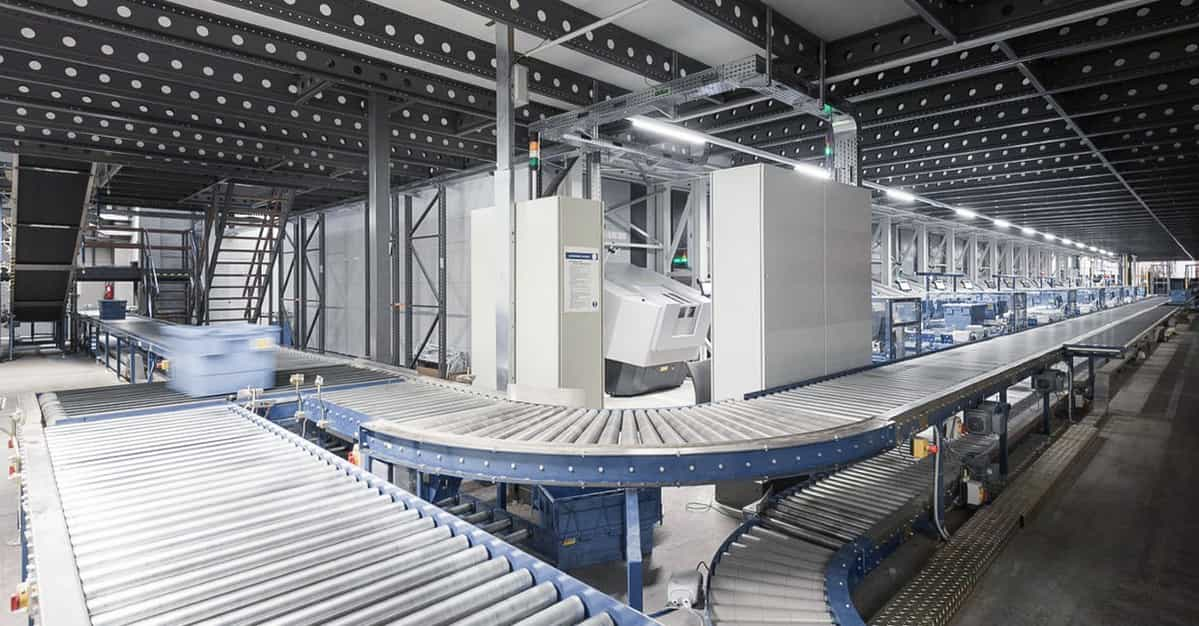Warehousing in Cambodia: Trends, Costs, and Opportunities
Cambodia’s strategic location in Southeast Asia, coupled with its burgeoning economy, positions it as an emerging logistics and warehousing hub. As trade volumes increase and infrastructure develops, understanding the warehousing landscape becomes crucial for businesses aiming to capitalize on this growth.
Current Trends in Cambodian Warehousing
1. Expansion of Warehousing Facilities
The warehousing and storage market in Cambodia is witnessing growth driven by increasing trade activities, an expanding manufacturing sector, and the growing need for efficient logistics infrastructure to support economic development . This surge is particularly evident in urban centers like Phnom Penh and Sihanoukville, where demand for storage and distribution facilities is escalating.6Wresearch
2. Integration of Technology
Modern warehousing in Cambodia is gradually embracing technological advancements. The adoption of Warehouse Management Systems (WMS), automation, and real-time inventory tracking is enhancing operational efficiency and accuracy. These technologies are becoming essential for meeting the demands of e-commerce and just-in-time delivery models.
3. Development of Special Economic Zones (SEZs)
The Cambodian government is actively promoting SEZs to attract foreign investment and streamline logistics operations. These zones offer tax incentives, improved infrastructure, and simplified customs procedures, making them attractive locations for warehousing and distribution centers.
Cost Dynamics in Cambodian Warehousing
1. Competitive Rental Rates
Compared to neighboring countries, Cambodia offers competitive warehouse rental rates. This cost advantage is attracting businesses seeking cost-effective storage solutions in the region. However, rates can vary based on location, facility specifications, and proximity to transportation hubs.
2. Labor Costs
Cambodia’s labor market provides a cost-effective workforce for warehousing operations. While wages are rising, they remain lower than in many other Southeast Asian countries, contributing to overall operational cost savings Cambodia-Agent.com.
3. Infrastructure and Utility Expenses
While rental and labor costs are favorable, businesses must consider infrastructure and utility expenses. In some areas, limitations in power supply and road conditions can lead to increased operational costs. Investments in facility upgrades and alternative energy sources may be necessary to ensure reliability.
Opportunities in the Cambodian Warehousing Sector
1. E-commerce Growth
The rise of e-commerce in Cambodia is driving demand for warehousing solutions that can handle increased inventory turnover and rapid order fulfillment. Businesses have the opportunity to develop fulfillment centers equipped with advanced logistics capabilities to meet this growing demand.
2. Cold Storage Facilities
There is a notable gap in the availability of cold storage facilities in Cambodia. With the growth of the food and pharmaceutical industries, investing in temperature-controlled warehousing presents a significant opportunity to serve these sectors effectively.
3. Regional Distribution Hubs
Cambodia’s proximity to major markets like Vietnam, Thailand, and China positions it as an ideal location for regional distribution centers. Establishing warehousing operations in Cambodia can facilitate efficient cross-border trade and supply chain management.
Challenges to Consider
1. Infrastructure Development
Despite progress, Cambodia’s logistics infrastructure still faces challenges. Road conditions, port capacities, and transportation networks require further development to support large-scale warehousing operations effectively.
2. Regulatory Environment
Navigating Cambodia’s regulatory landscape can be complex. Businesses must stay informed about customs procedures, taxation policies, and compliance requirements to avoid operational disruptions.
3. Skilled Workforce Availability
While labor costs are low, there is a need for skilled workers trained in modern warehousing practices. Investing in workforce development and training programs is essential to ensure efficient operations.
Conclusion
Cambodia’s warehousing sector offers promising opportunities for businesses looking to expand their logistics footprint in Southeast Asia. With competitive costs, strategic location, and a growing economy, the country is poised to become a key player in regional supply chains. However, success in this market requires careful consideration of infrastructure, regulatory, and workforce factors. By addressing these challenges proactively, businesses can capitalize on the potential that Cambodia’s warehousing industry presents Cambodia-Agent.com .
